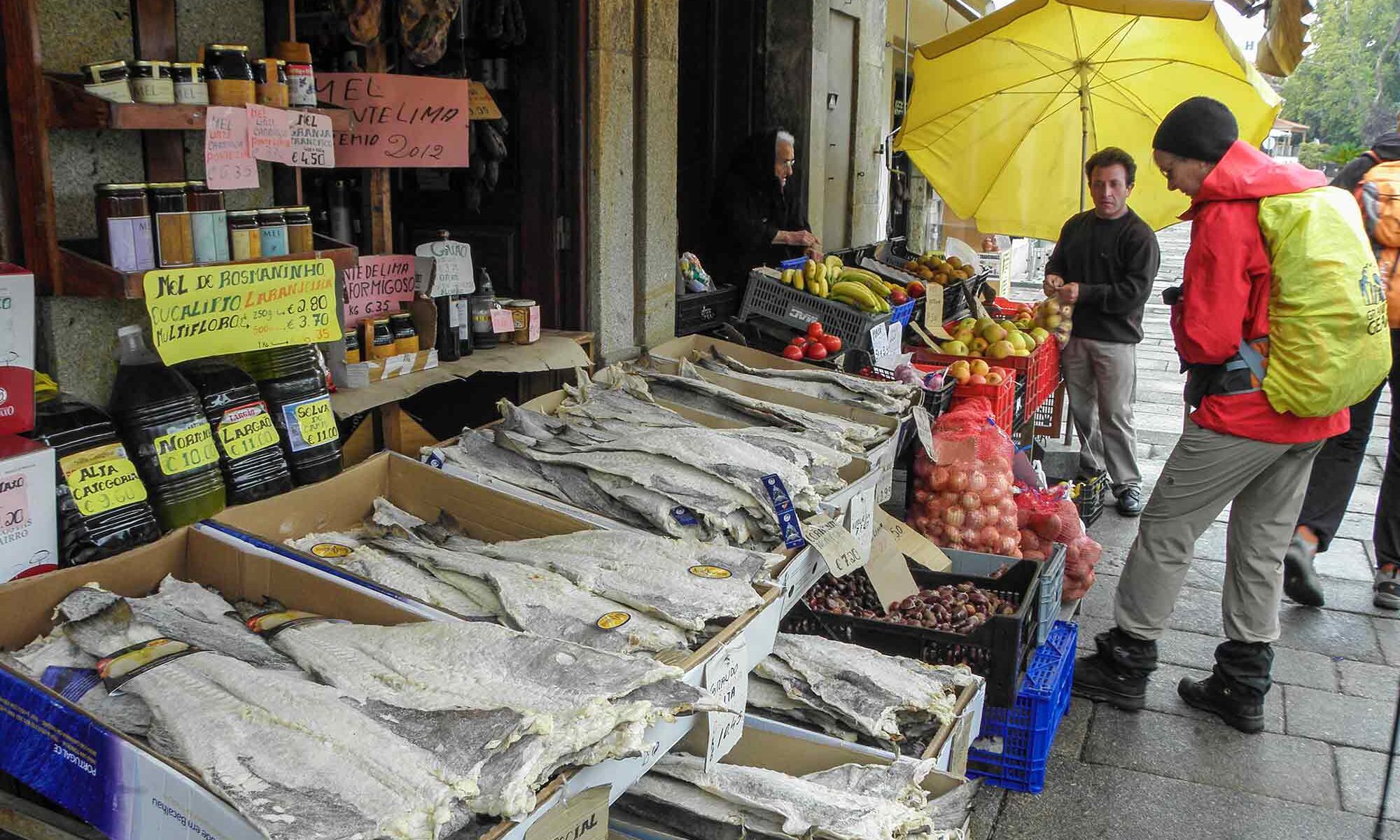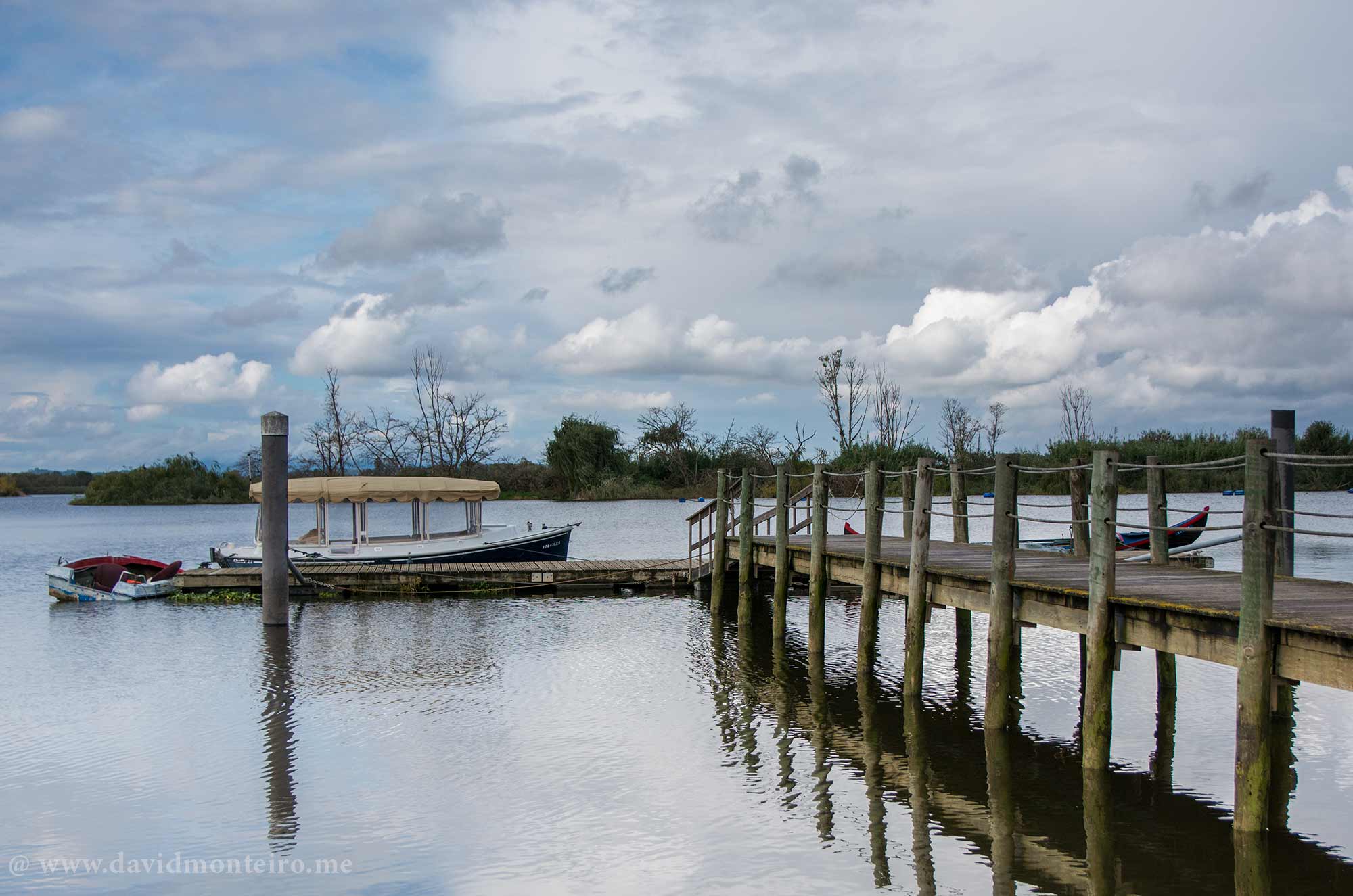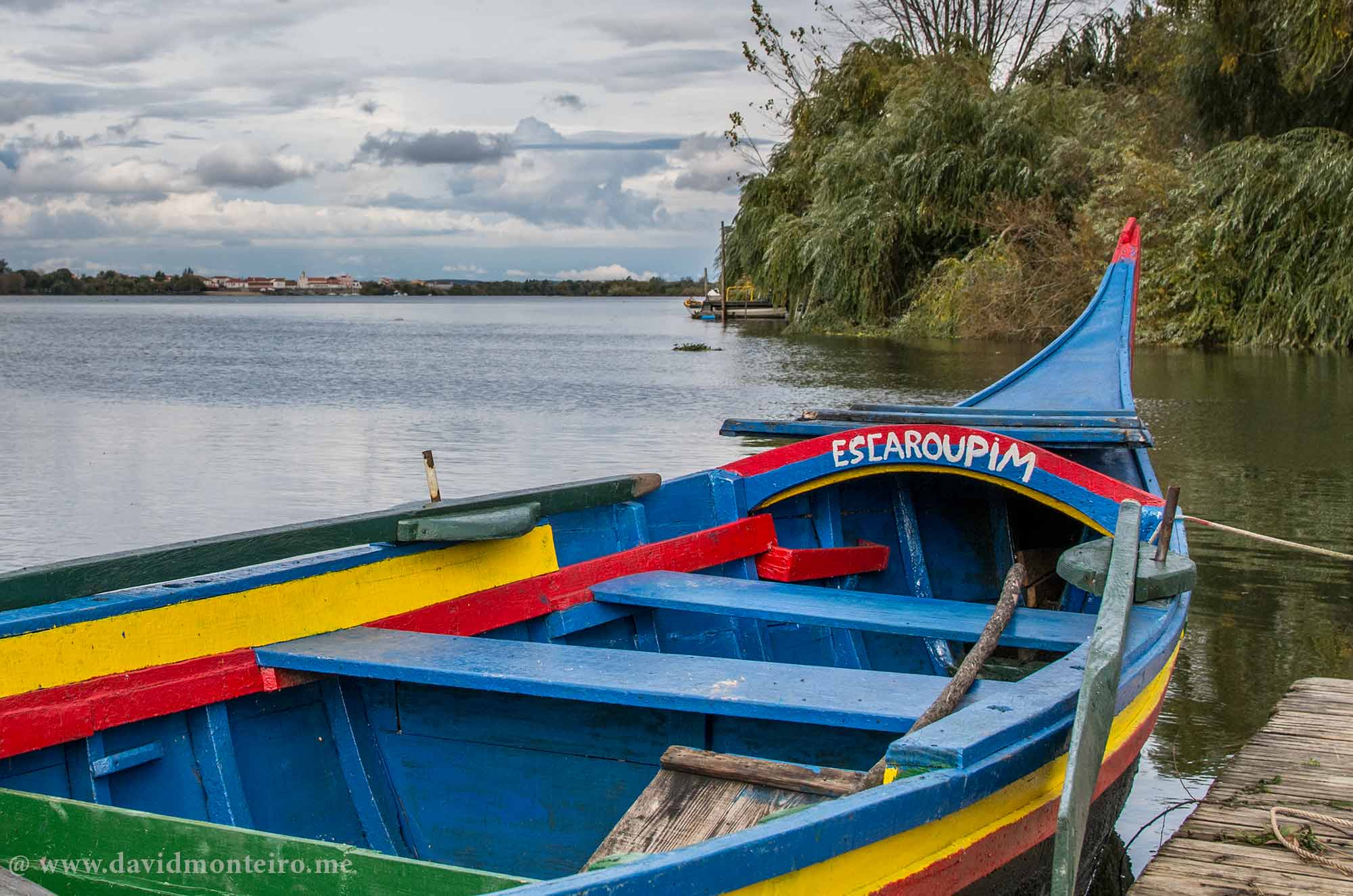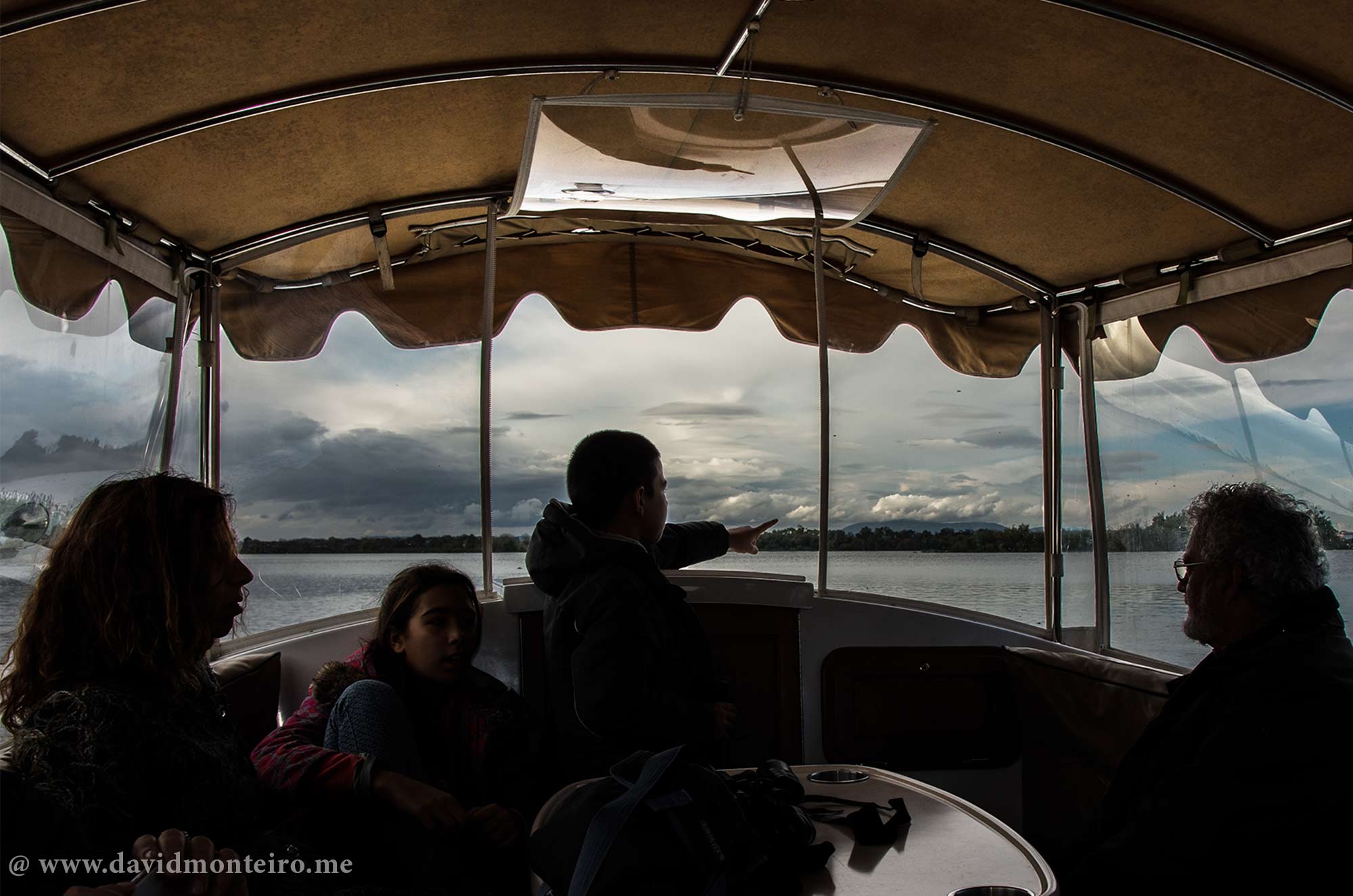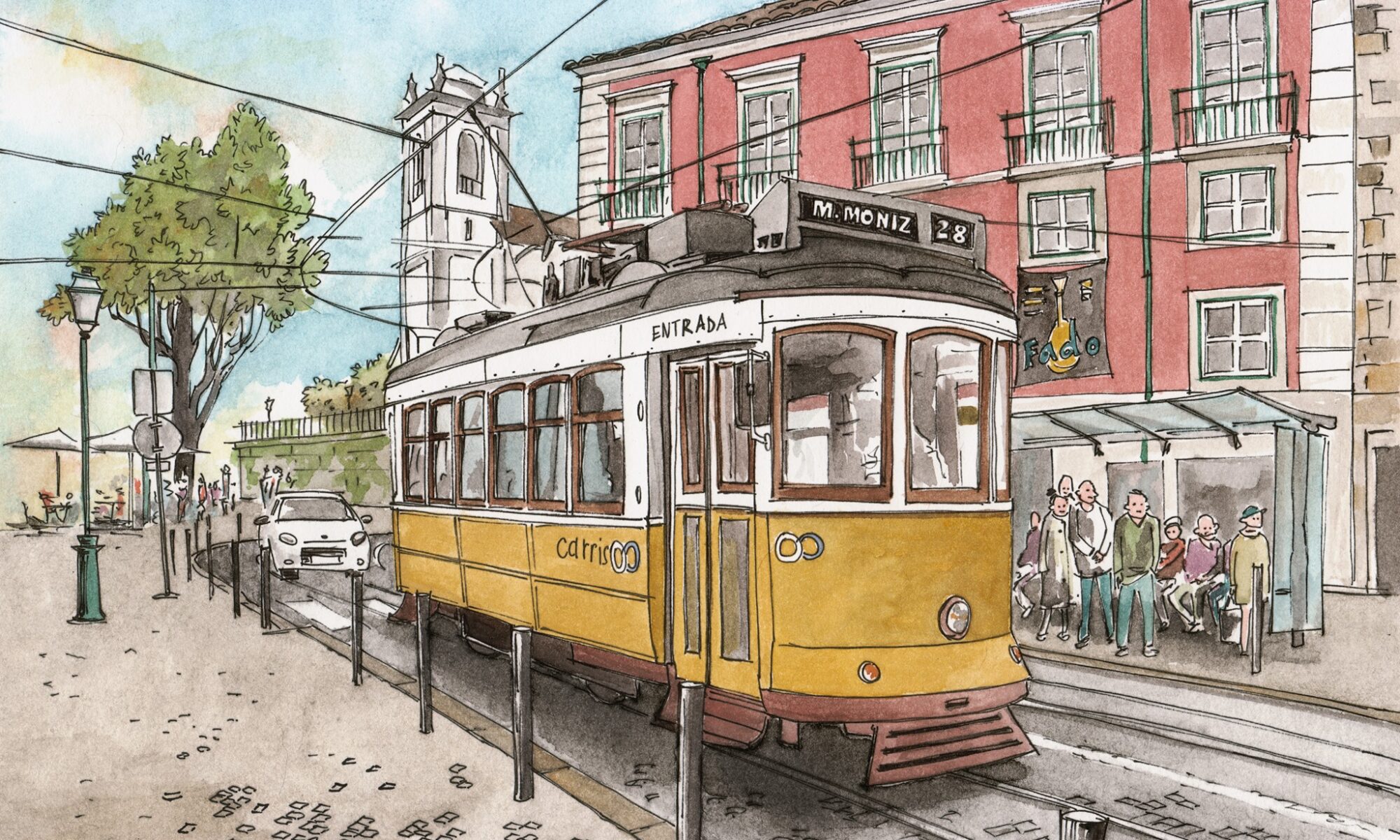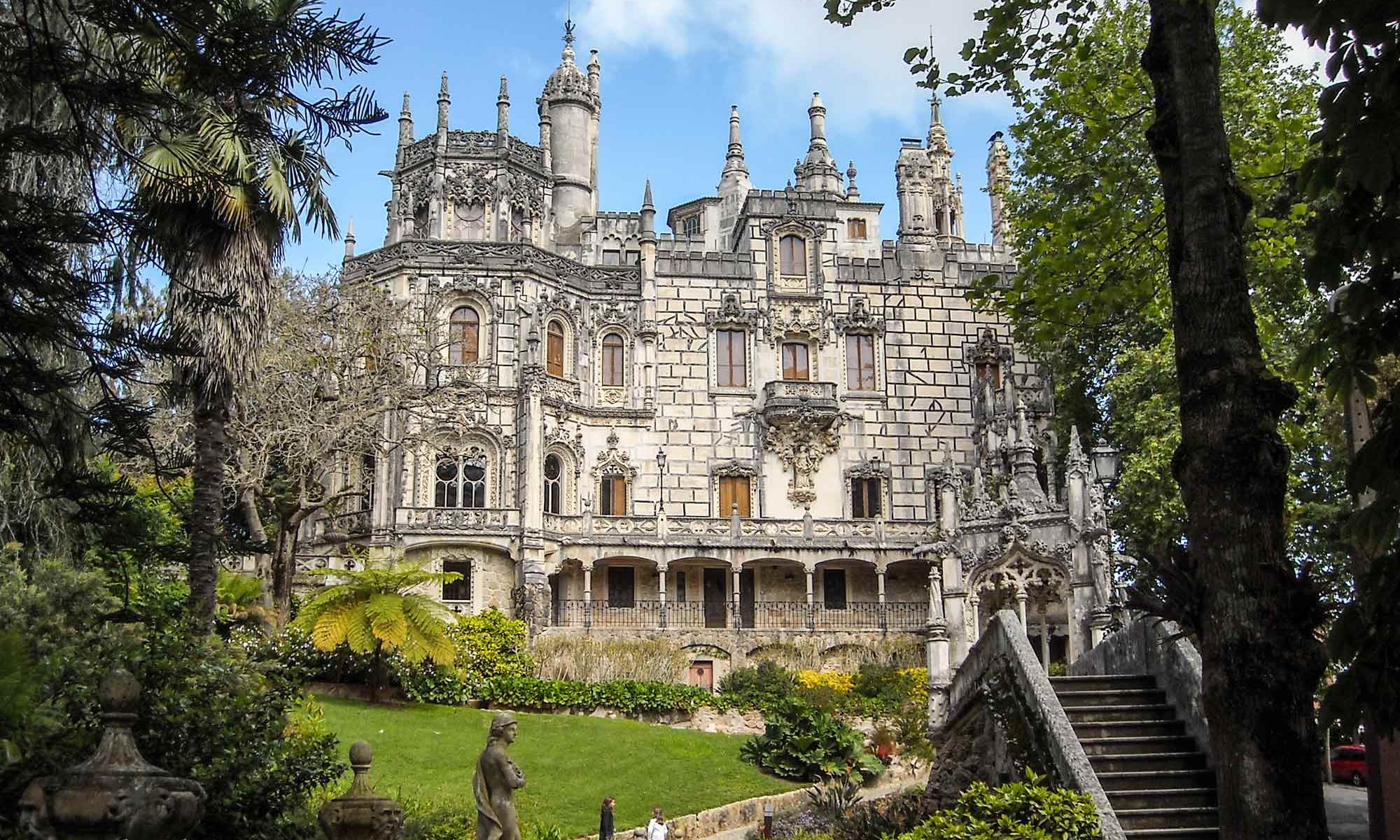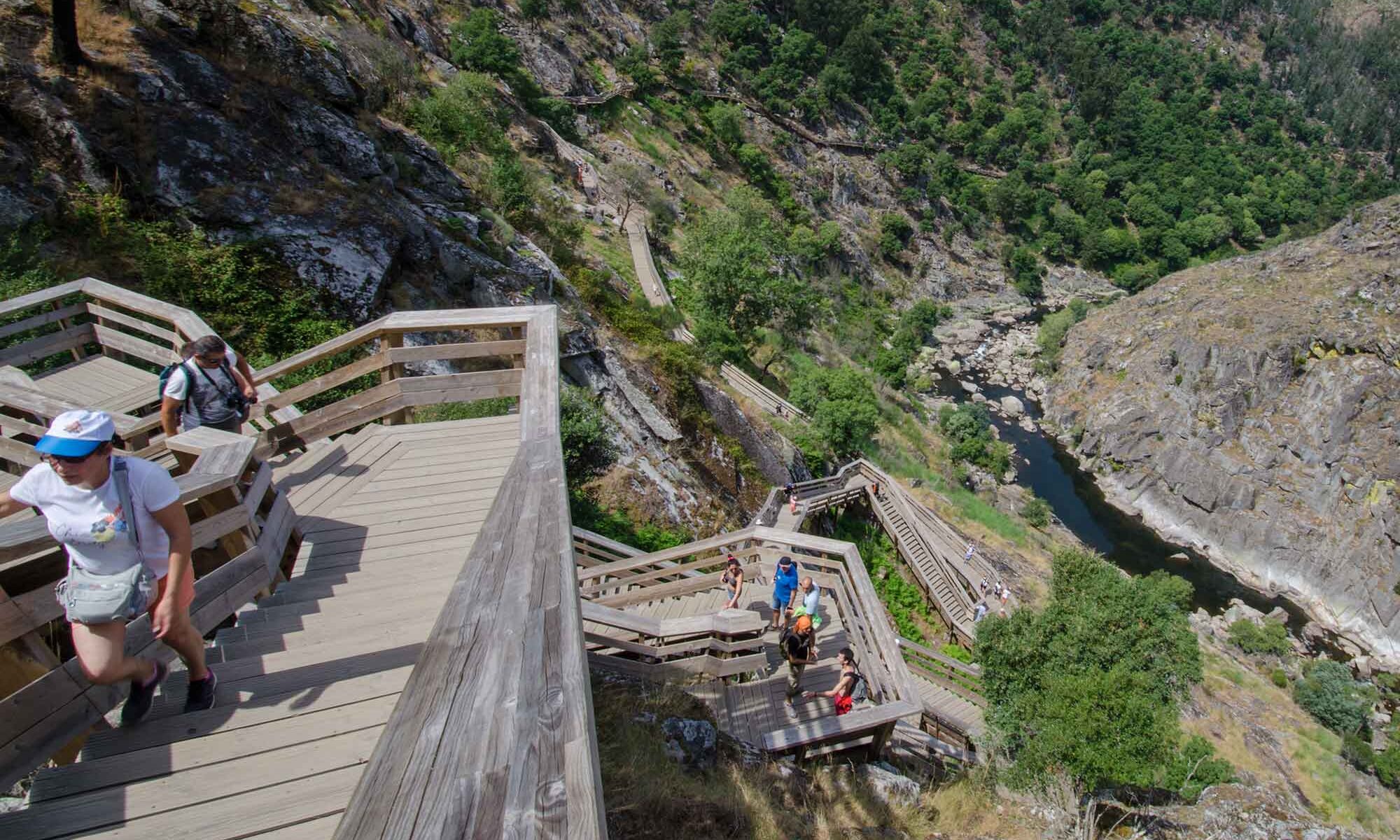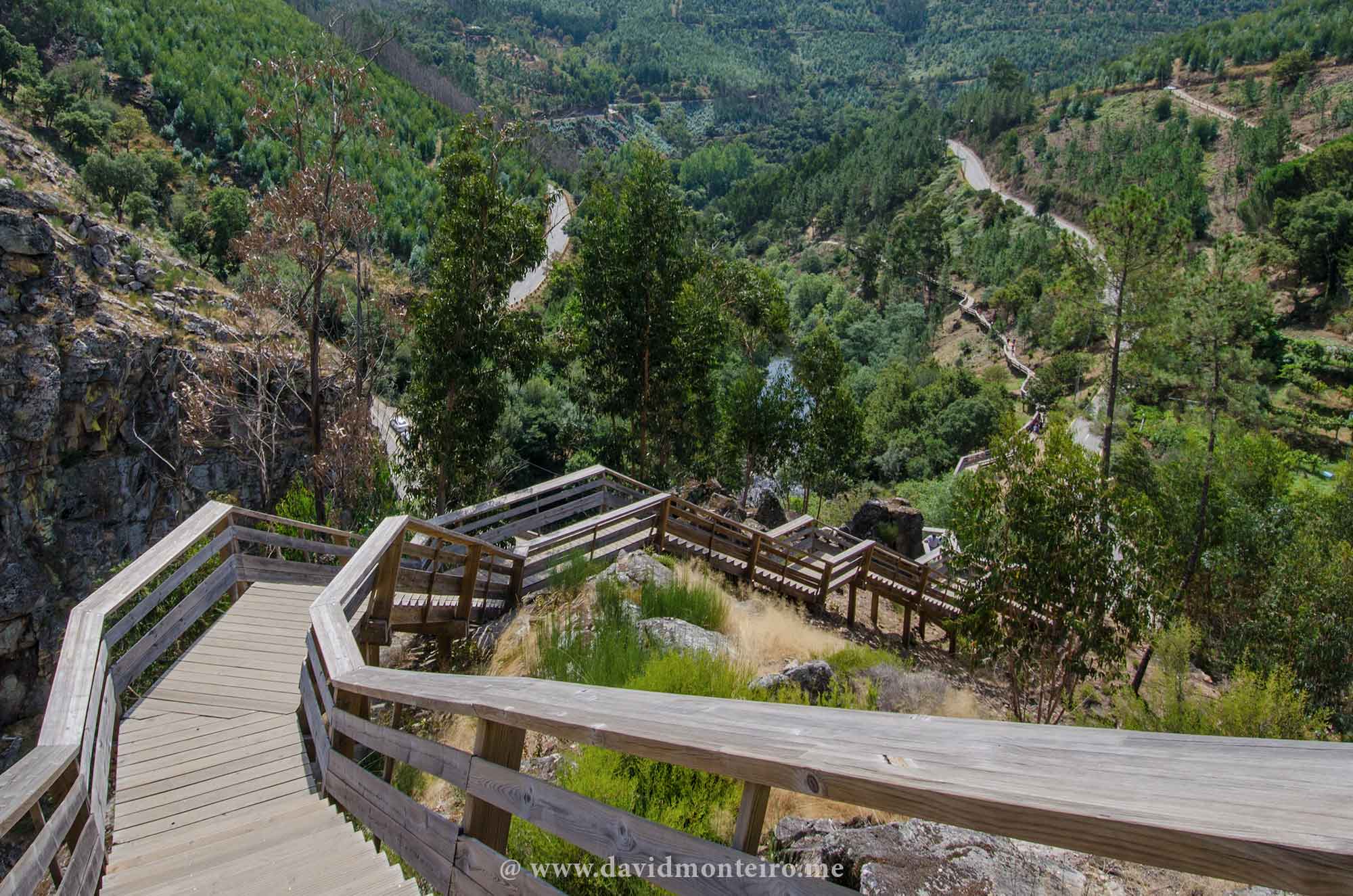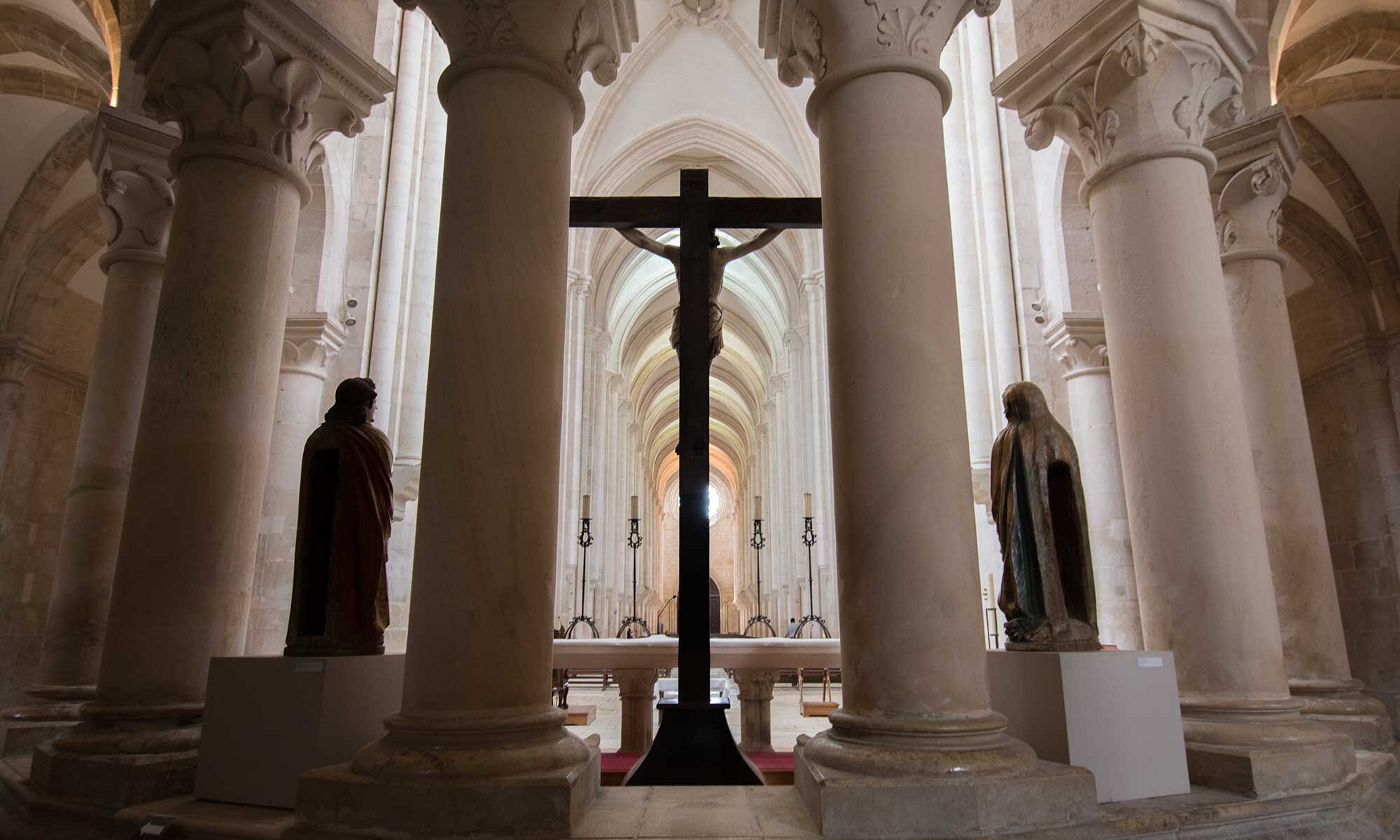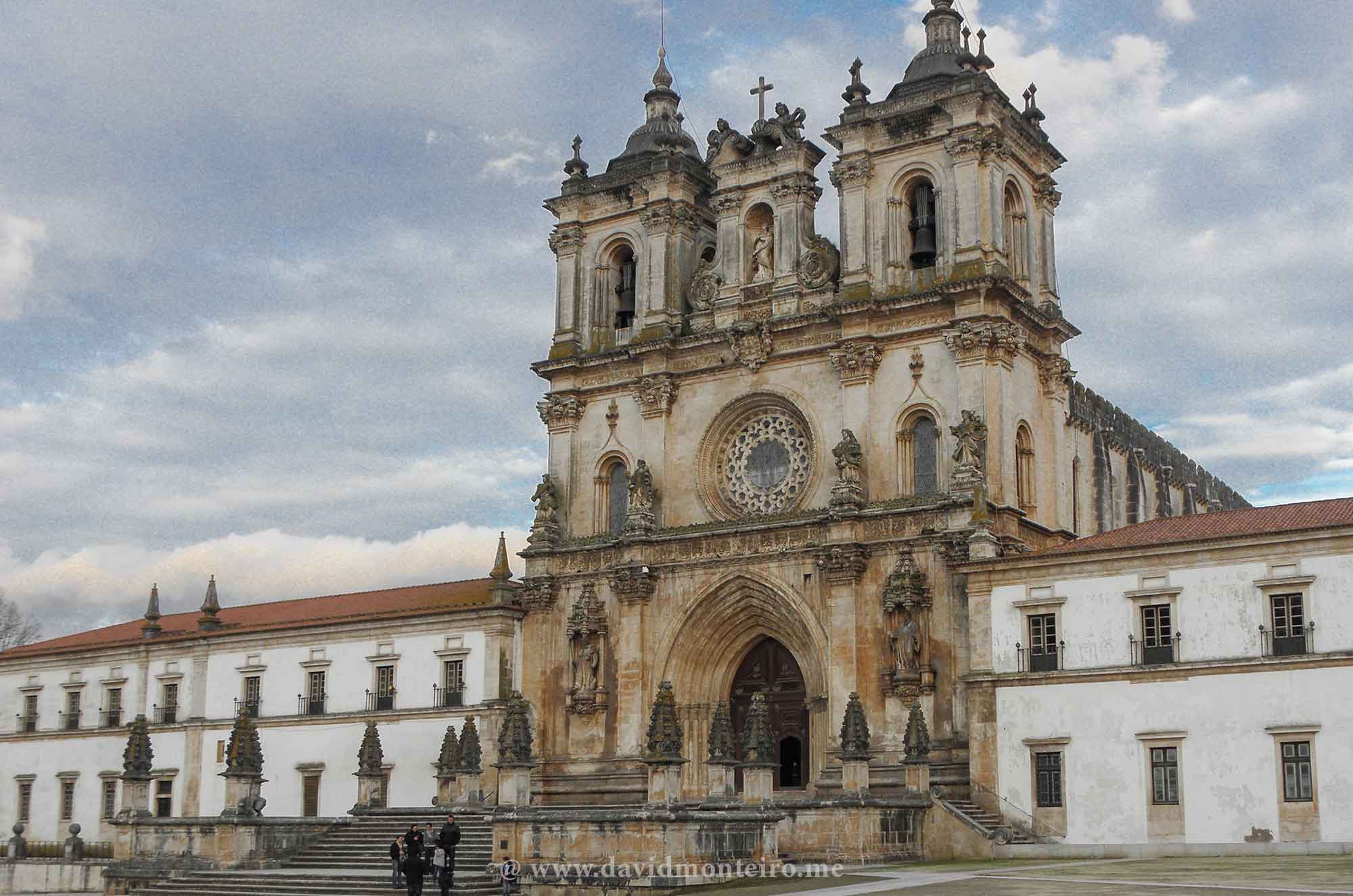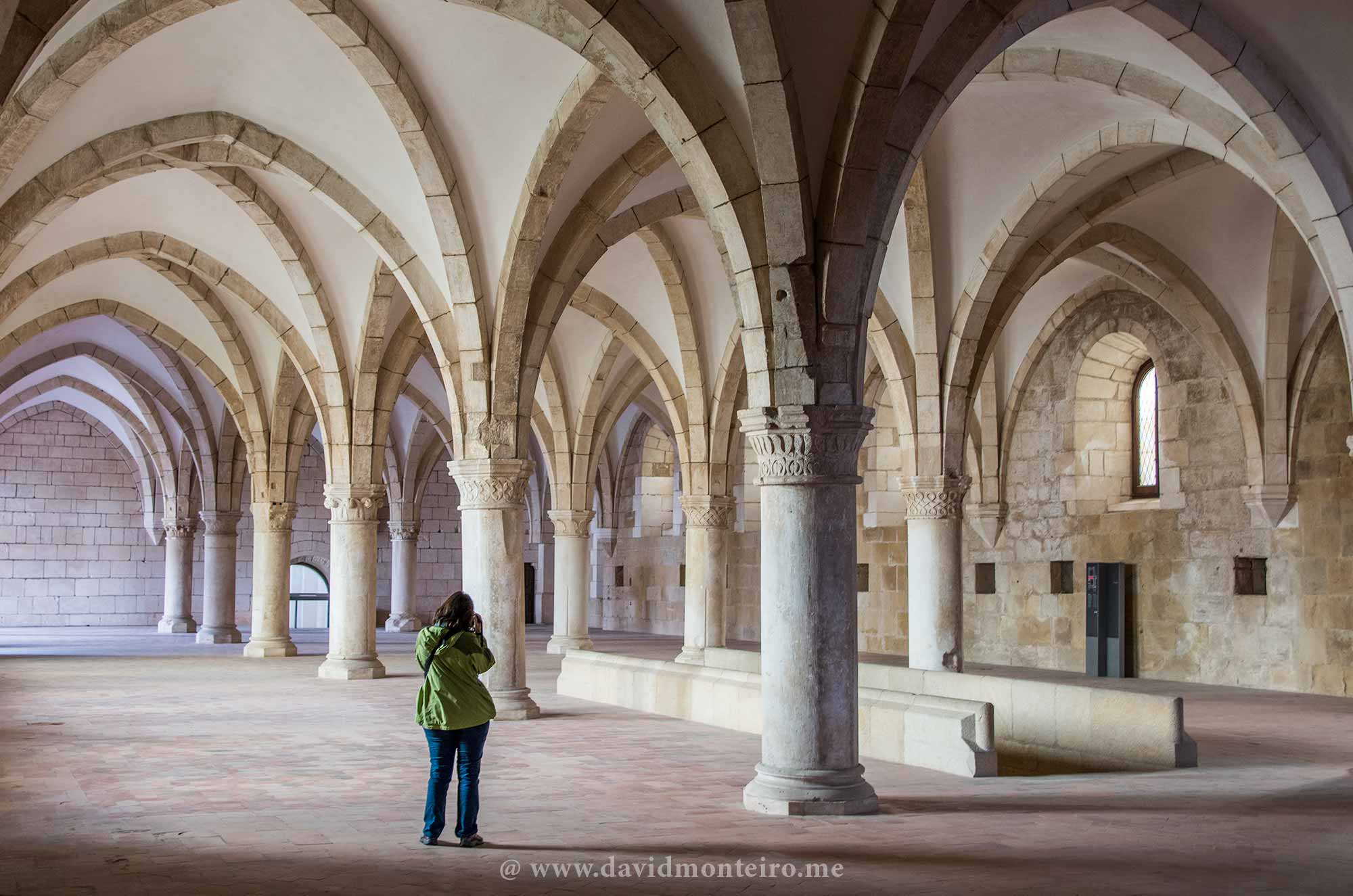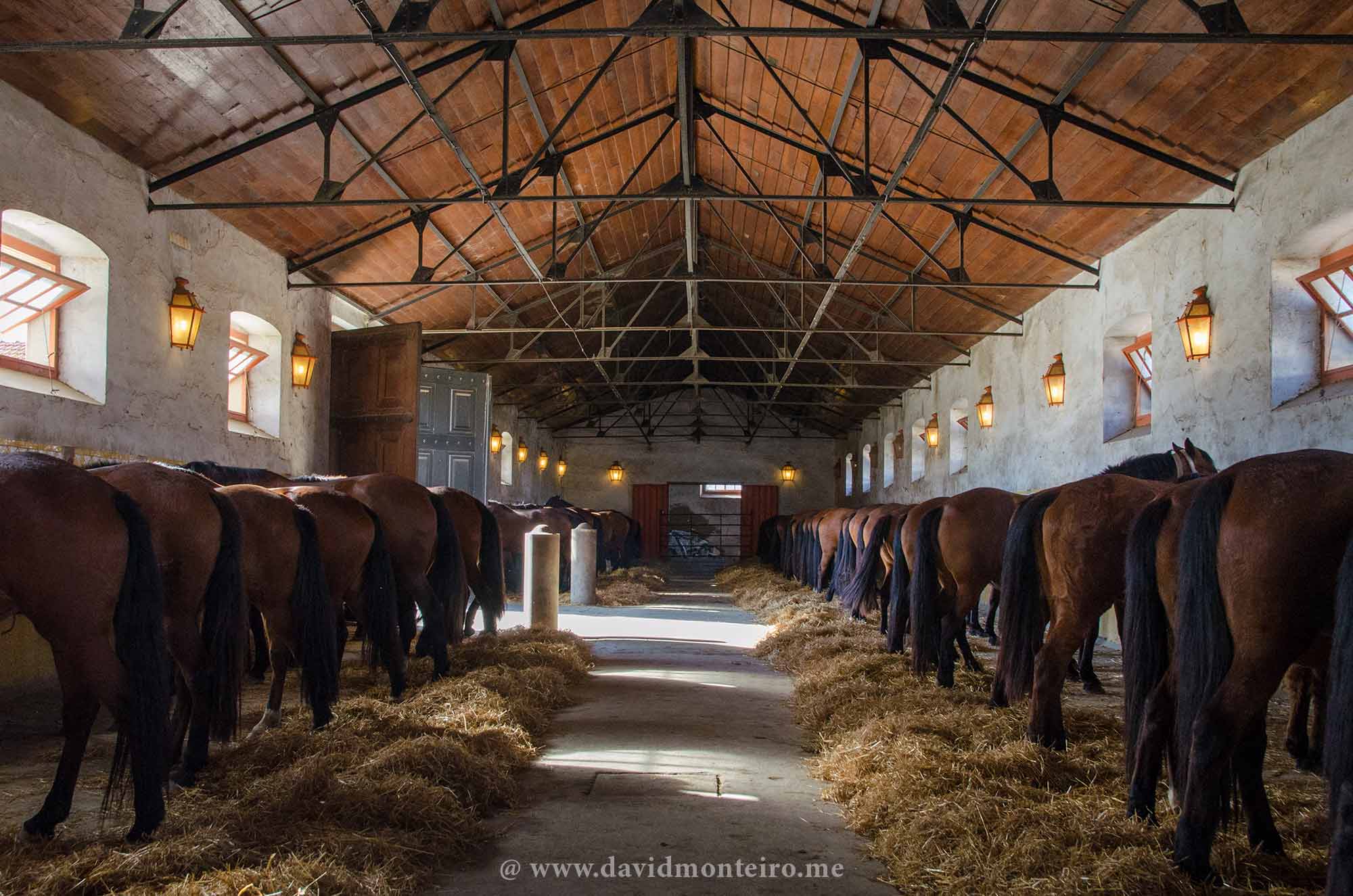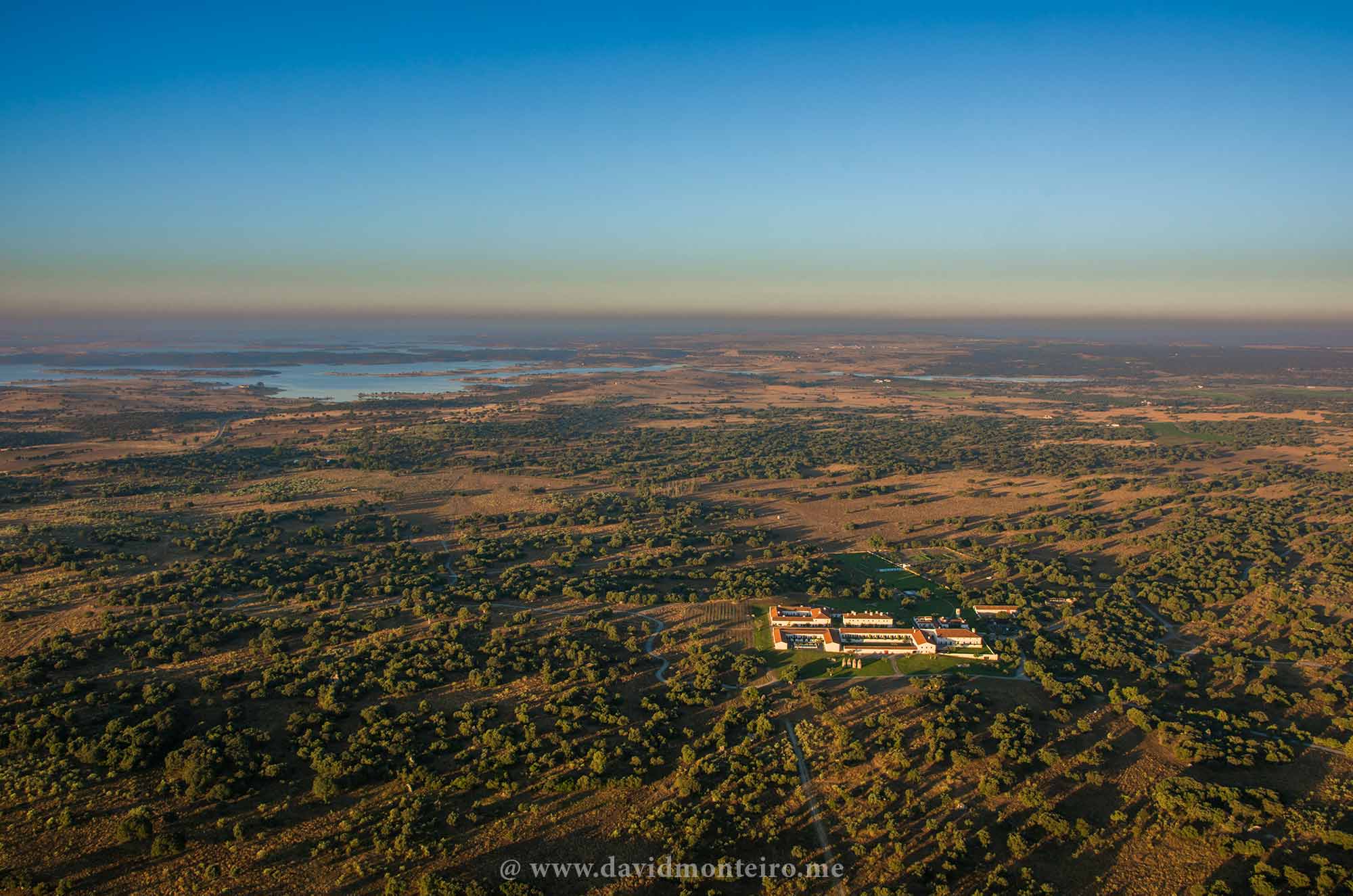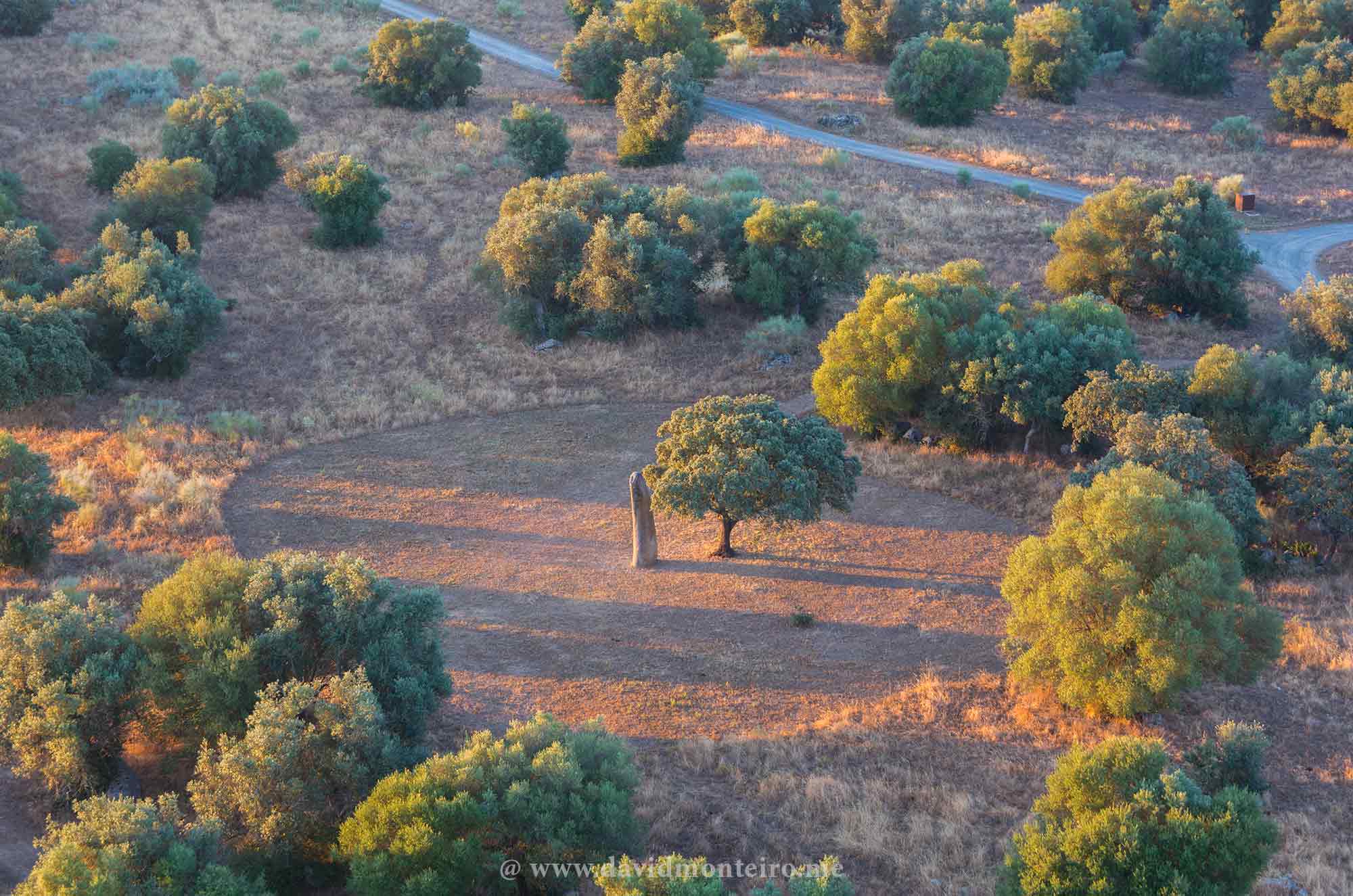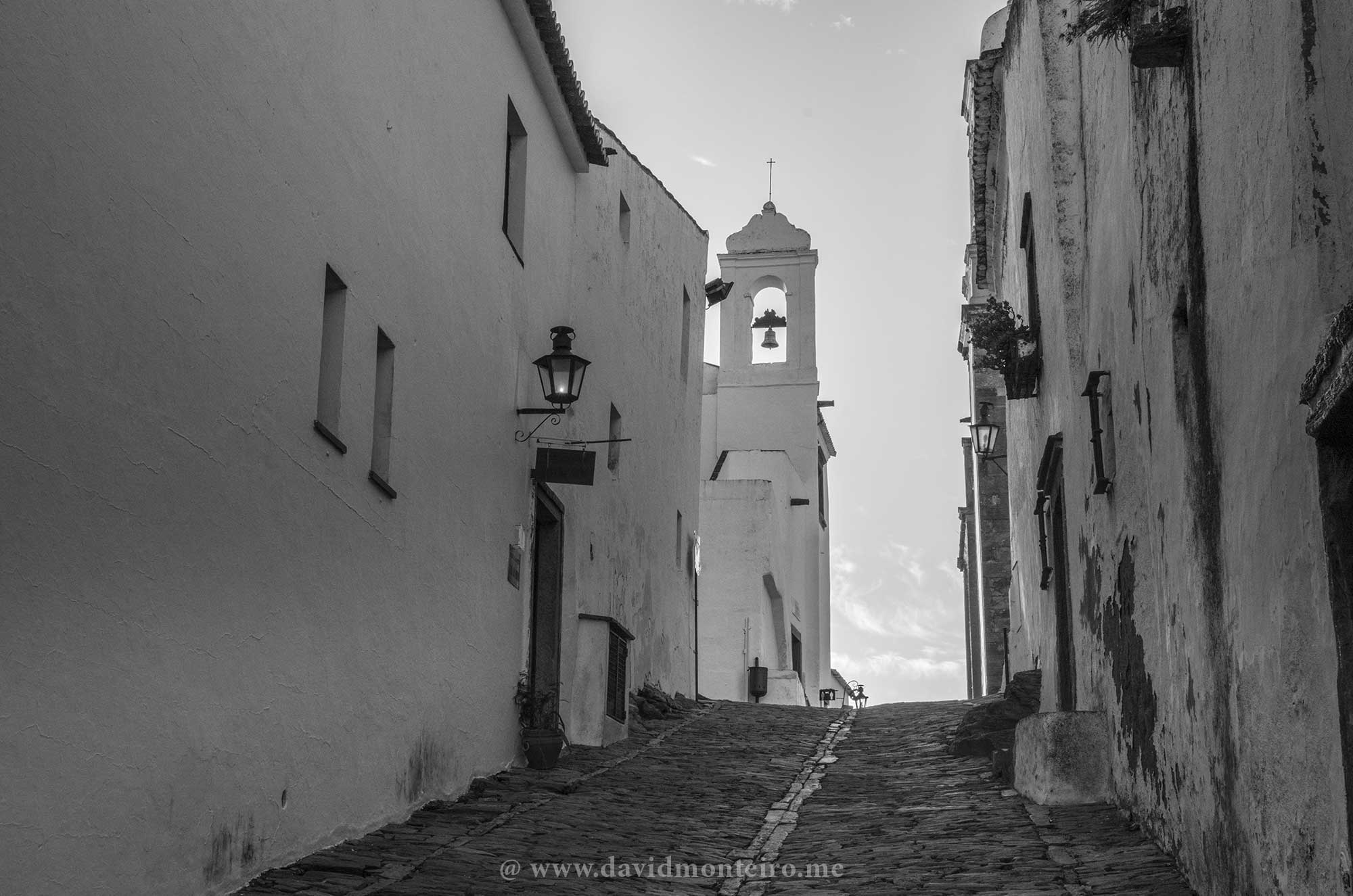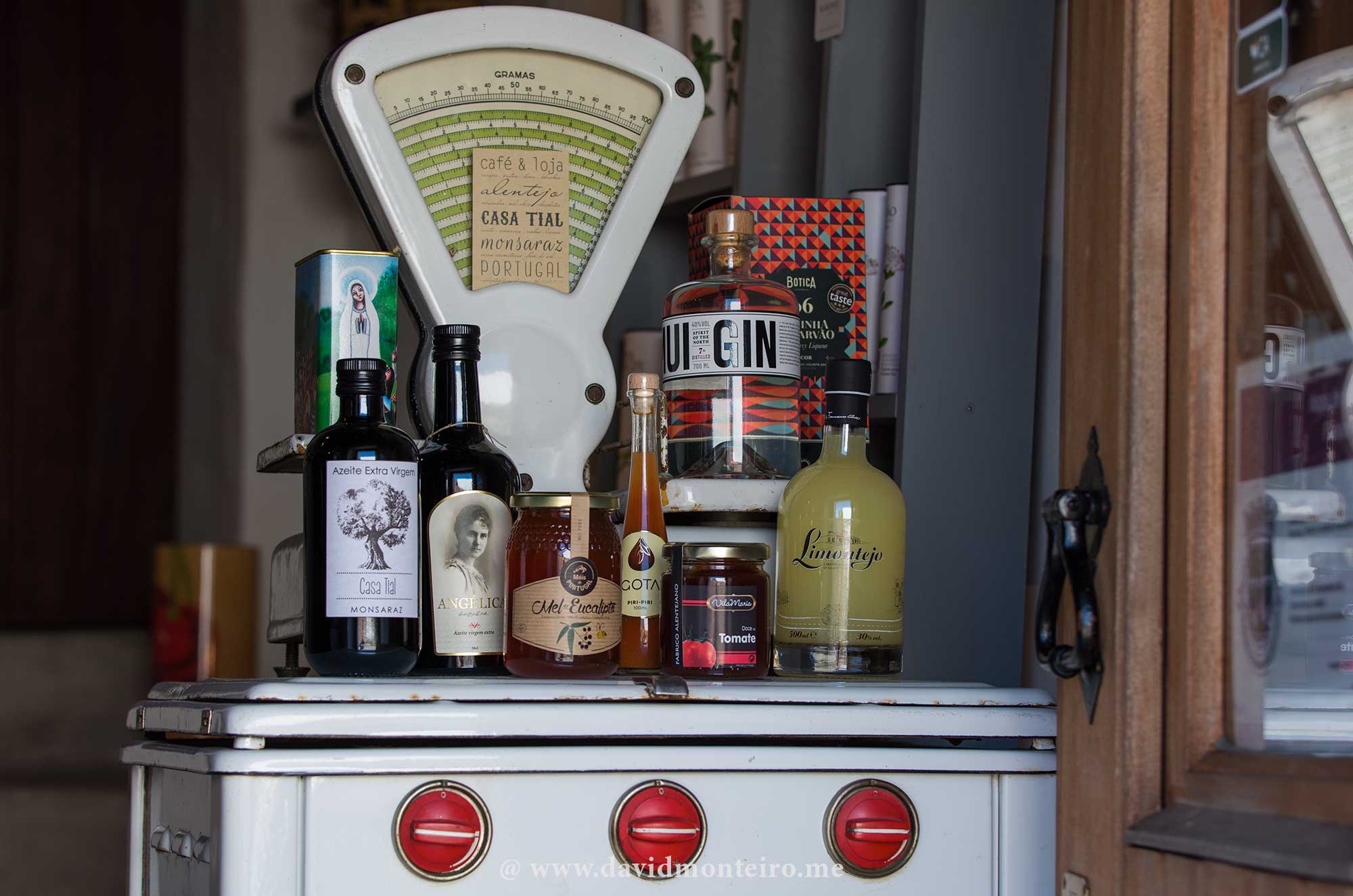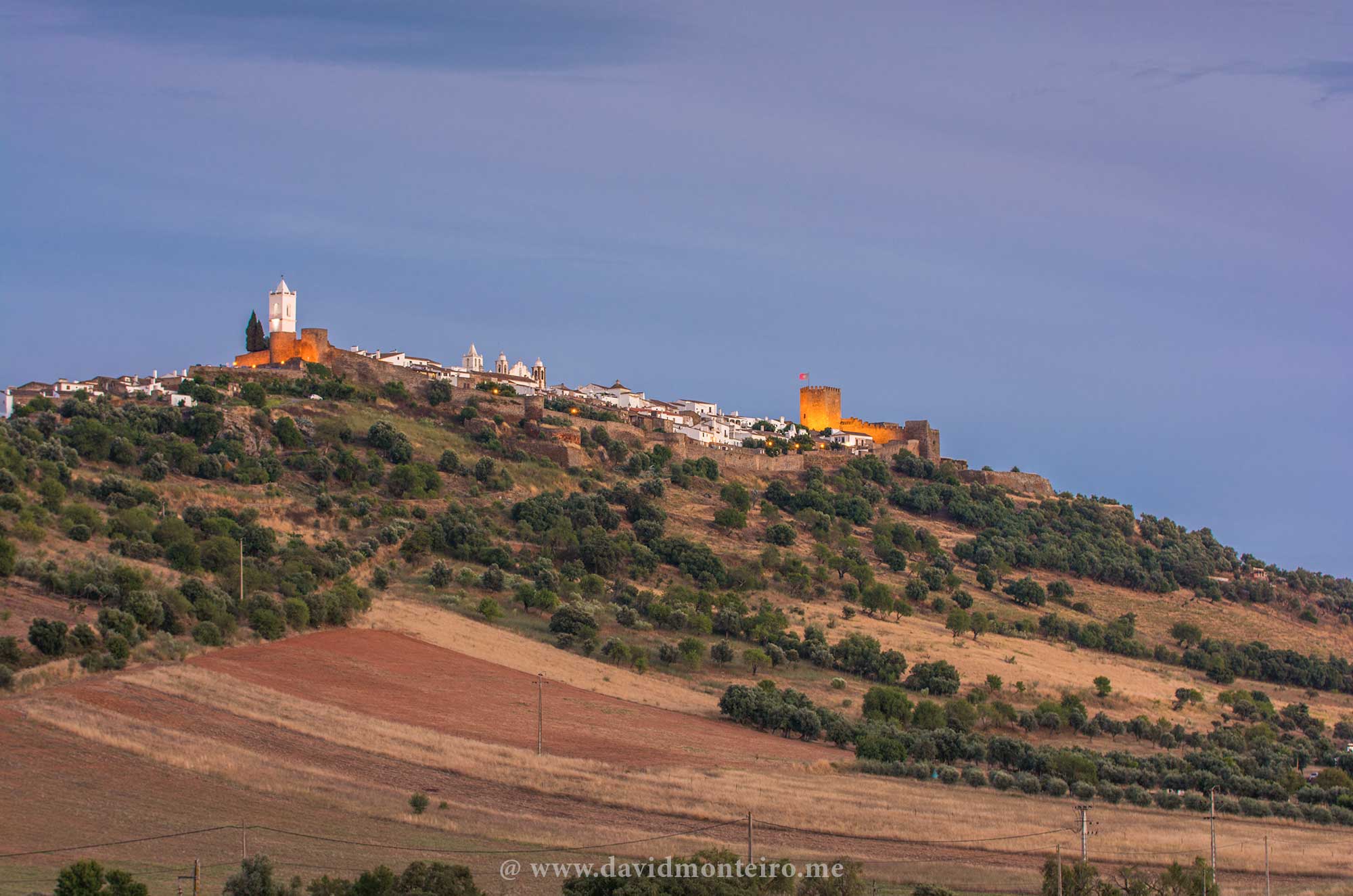Cod or codfish in Portugal
The Portuguese gastronomy significantly iconizes codfish.
I don’t know if there’s a tourist, minimally informed, visiting Portugal who doesn’t know that.
Tourists ask three common questions. Here are my reflections on them.
- How do Portuguese people consume codfish, and what are the most popular cod dishes?
- What is the reason behind the Portuguese consumption of so much cod, and what is its origin?
- Does cod always have a very salty taste when served?
As is customary in many other texts, this text contains a mixture of personal opinions and shallow research from diverse literature.
If interested, you can find the information sources here.

How do Portuguese people consume codfish, and what are the most popular cod dishes?
When discussing cod in Portuguese gastronomy, we are referring to dry and salted cod.
It is also possible to find fresh cod or cod that is not dry and salted in Portugal. However, locating it can prove challenging.
Fresh cod can be hard to find, and meeting someone who has tasted it in Portugal is rare. It’s more common to find someone who has tried it in London.
As a general rule, cod is typically purchased in its dry and salted form in Portugal.
To prepare cod, it must first be soaked in water to rehydrate and remove the salt.
The duration of hydration depends on various factors, with individual preference being the most significant.
Typically, I calculate a soaking time between 24 to 48 hours, with water changes every 12 hours, depending on the thickness of the cod slices and the desired recipe.
As mentioned, opinions on the best methods vary widely among individuals.
The variety of codfish recipes is extensive.
There are even Portuguese sayings that illustrate the multitude of ways to cook cod, such as “1001, 1000, 365,” or “100 ways to cook cod,” like “the 1001 ways of cooking cod.”
Searching for “ways to cook cod” yields several Portuguese books with varying numbers of recipes.
It’s challenging to determine the most common or popular dishes, but I can provide a list of both dishes and snacks commonly found in restaurants or bars:
Dishes: Cod cooked with chickpeas or boiled potatoes, cod “à lagareiro,” cod “à Braz,” cod “Gomes de Sá” style, codfish with cream, baked cod, golden cod with Spanish sauce, “meia desfeita” of cod, etc.
Snacks: “pastéis de bacalhau,” “pataniscas,” codfish pie, cod “rissóis,” etc.
What is the reason behind the Portuguese consumption of so much cod, and what is its origin?
The reason for consuming so much cod is simple:
- for a long time, it has provided a cost-effective source of protein
- that is easily preserved
- and transported to the interior of the country.
After addressing the aforementioned, the million-dollar question arises: how did this tradition originate and persist, given that cod is not found in Portuguese coastal waters?
As cod consumption has become common in Portugal, most people don’t consider how this tradition started, which made my research on the subject challenging.
I also acknowledge that the answers I found may not represent universal truths, but they offer a plausible explanation.
Before delving into the explanation, allow me to emphasize something that may seem obvious:
to consume dry and salted codfish, one needs a method for drying cod, salt, and cod.
Seemingly straightforward, right? Well, the forthcoming explanation will elucidate why I chose to highlight this fact.
A method for drying cod in Portugal
This is quite evident. Portugal’s favorable weather ensured that there were always ample areas available for drying cod.
Salt
Since the time of the Roman occupation – between the 2nd century BC and the 2nd century AD – Europeans have perceived Portuguese salt as of high quality.
During that era, salt was a rare and highly demanded product, commanding high prices.
It held such significance that it became a form of currency, and the word “salary,” denoting regular payment for services rendered, originated from “salt” – “sal” in Portuguese.
Along the Portuguese coast, numerous salt flats have endured to the present day.
The codfish
The Viking era
Portuguese encountered dry and salted cod through trade with the Vikings during the 9th or 10th centuries.
Although Vikings were often associated with raiding, there were periods when their activities became more commercial.
Portugal’s reliance on merchants for cod prompted the establishment of a fleet to fish in abundant seas.
The oldest documented record of cod fishing is a treaty established with Duarte III of England, authorizing a Portuguese fleet to fish for cod on the English coasts.
The Portuguese Navigator’s time
Portugal’s interest in maritime expansion is well-documented, and the achievements of Portuguese navigators in the 15th and 16th centuries are renowned globally.
In 1424, a Portuguese family acquired a map indicating islands where abundant cod fishing was possible. These islands are now known as Newfoundland and Nova Scotia, Canada.
Consequently, Portuguese ships began voyages to these islands in 1424, establishing colonies.
From this historical event, at least two significant ideas emerge:
– This navigational experience likely laid the groundwork for the knowledge that later contributed to Portuguese proficiency in navigation.
– Portuguese arrival in the American continent predates Christopher Columbus’s voyage in 1492; he was born in 1451.
Portugal’s reliance on merchants for cod prompted the establishment of a fleet to fish in abundant seas.
A gap
Portuguese cod fishing in Terra Nova was suspended between the mid-16th and mid-19th centuries due to various reasons, including their focus on maritime expansion.
More recent times
However, cod consumption in Portugal remained high, with cod mostly fished by the English fleet, with whom the Portuguese maintained close commercial ties.
In the mid-nineteenth century, Portuguese attention returned to cod fishing in Newfoundland and Labrador, leading to a resurgence of ships engaged in this activity.
The 20th century and beyond
Cod fishing regained attention in the twentieth century to reduce Portuguese dependence on English fleet for cod procurement.
That coincides with the beginning of Salazar’s rule, and he was not happy with Portugal’s dependency on the British fleet.
He felt the need to find a way to feed the country.
Salazar’s objectives were clear: to strengthen national capacity for cod capture and processing and to ensure abundant and affordable cod supply to the population.
The Bacalhau (codfish) Campaign was launched to support Portuguese shipowners and establish compulsory recruitment of fishermen.
The campaign achieved success, meeting his two main objectives.
Despite initial successes, achieving these objectives required considerable effort and hardship, particularly for the fishermen involved.
Following the Carnation Revolution on April 25, 1974, Portugal entered a democratic period, accompanied by a progressive increase in cod prices.
Despite being a widely consumed product in Portugal, cod is considered expensive and is not accessible as everyday food, often reserved for special occasions such as the Christmas Eve dinner known as Consoada.

Does codfish always have a very salty taste when served?
Cod should not be excessively salty when served. When it is, it indicates poor preparation.
Although this statement may seem assertive and subject to personal taste, it’s crucial to consider the perceived saltiness by those who consume it.
I think serving very salty cod, with few exceptions, is a mistake.
Experiencing a dish with overly salty cod may deter one from enjoying cod in the future, creating a negative impression and hindering future culinary experiences.
In households where cooking is infused with love and care, such occurrences are rare, and if they do happen, it’s usually unintentional.
Of course, there will always be those who enjoy salty food, and that’s perfectly fine.
If a dish isn’t salty enough, salt can always be added to taste, but the opposite is not feasible.
Is it clearer now?
I hope I have provided you with a more concrete understanding of the significance of cod in Portuguese gastronomy and culture.
To learn more about cod and properly taste it, join us for the Traditional food tour.
However, the best way to appreciate it is to taste a well-prepared cod dish and then share your thoughts.
Enjoy your meal.
David Monteiro

